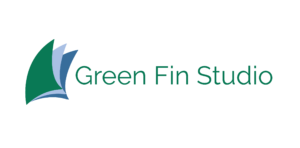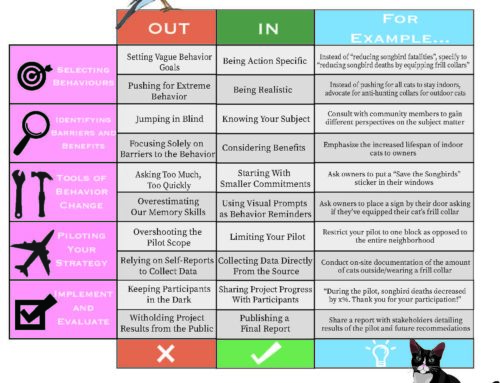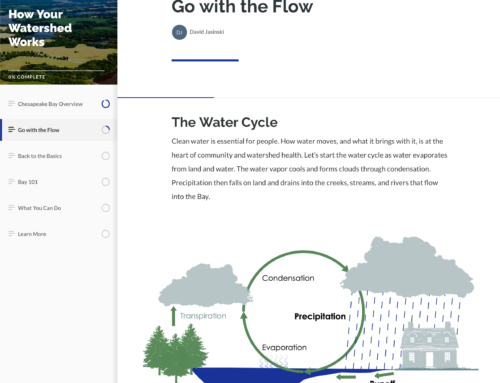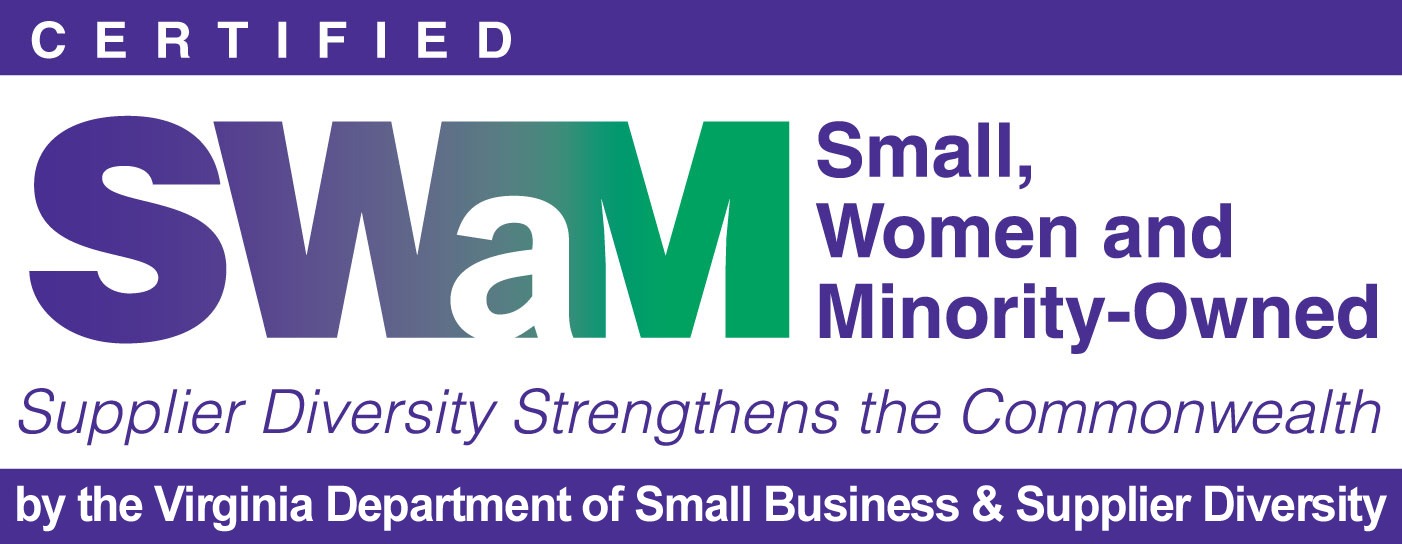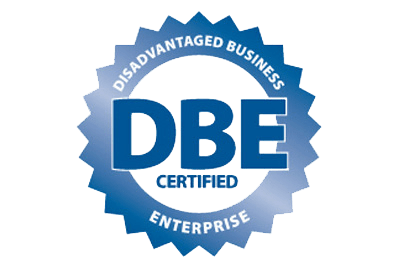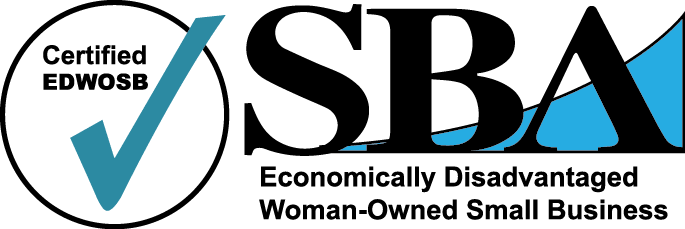How do you connect farmers with the wide range of wetland restoration funding and technical support resources available? How do you provide that information so that it is tailored to each landowner's location and specific needs? And lastly, how do you present the information so that it actually addresses farmers' concerns and objectives?
These were the issues that we faced when developing a new tool to increase wetlands restoration on agricultural lands.
The Goal
The Chesapeake Bay Program has a goal of restoring 85,000 acres of wetlands across the 64,000 sq. mile watershed by 2025. 83,000 acres of that goal is focused on wetland restoration on agricultural land and only 9% of the goal had been reached as of last year.
Part of the reason for the lack of progress was that farmers were often unfamiliar with the range of funding and technical resources available to support wetland restoration. Information that was available typically did not address farmers' concerns or objectives and instead focused almost exclusively on broader environmental benefits.
The Solution
Wetlands Work is the resulting new website that speaks directly to farmland owners interested in wetland restoration. Wetlands are extremely important habitats that protect the Chesapeake Bay and support local wildlife. The target audience for this website is agricultural land owners in the Chesapeake Bay watershed. This meant that we had to break from the traditional narrative of "You should take action because it is good for the Bay".
Farmers care deeply about their communities and their land. These land owners are also very pragmatic and must make decisions for the good of their businesses. Sacrificing farmable acreage for wetland restoration has to make business sense by making use of areas that naturally collect rainwater, providing water for irrigation and groundwater recharge, offering new revenue streams through fishing and hunting, ecotourism or other options.
Wetlands Work contains information on how wetlands can benefit farmland, why wetlands are important and the general steps involved finding funding for and restoring a wetland. Most importantly, visitors to the site can enter their state and county and find information on funding programs and technical service available to them. As part of this effort, Green Fin Studio created the website content, a marketing plan, hosted three tutorial webinars, and developed a companion brochure.
Need content or design help? Contact us!
